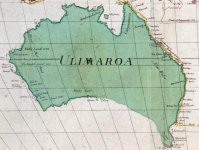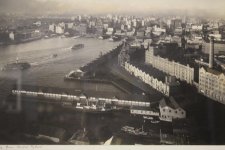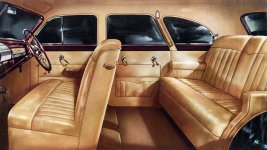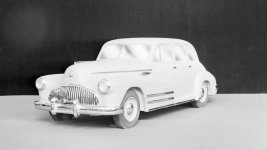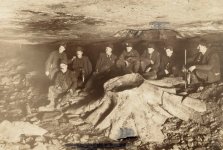Install the app
How to install the app on iOS
Follow along with the video below to see how to install our site as a web app on your home screen.
Note: This feature currently requires accessing the site using the built-in Safari browser.
You are using an out of date browser. It may not display this or other websites correctly.
You should upgrade or use an alternative browser.
You should upgrade or use an alternative browser.
Blast from the past
- Thread starter Administrator
- Start date
Bull of Falaris"
Thanks to Lucian, the 2nd century AD satirist, we know quite a bit about the torture machine known as "the brass bull of Perilaus" or "the bull of Phalaris".
The sculptor Perilaos between 570-560 BC.
he made to the order of the tyrant Phalaris, a brass bull that could fit an entire man inside. When they lit a fire under the bull, the one inside was roasted alive and his voices were heard, through a special mechanism, like the bellowing of the bull.
When he first presented his invention to the tyrant of Acragantas of Sicily, he ordered Perilaus to be put inside the bull and made his first victim.
It was a fitting end for the inventor of such a diabolical machine.
Illustration and drawing from the Museum of Torture in Bruges, Belgium.
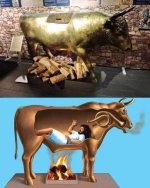
Thanks to Lucian, the 2nd century AD satirist, we know quite a bit about the torture machine known as "the brass bull of Perilaus" or "the bull of Phalaris".
The sculptor Perilaos between 570-560 BC.
he made to the order of the tyrant Phalaris, a brass bull that could fit an entire man inside. When they lit a fire under the bull, the one inside was roasted alive and his voices were heard, through a special mechanism, like the bellowing of the bull.
When he first presented his invention to the tyrant of Acragantas of Sicily, he ordered Perilaus to be put inside the bull and made his first victim.
It was a fitting end for the inventor of such a diabolical machine.
Illustration and drawing from the Museum of Torture in Bruges, Belgium.


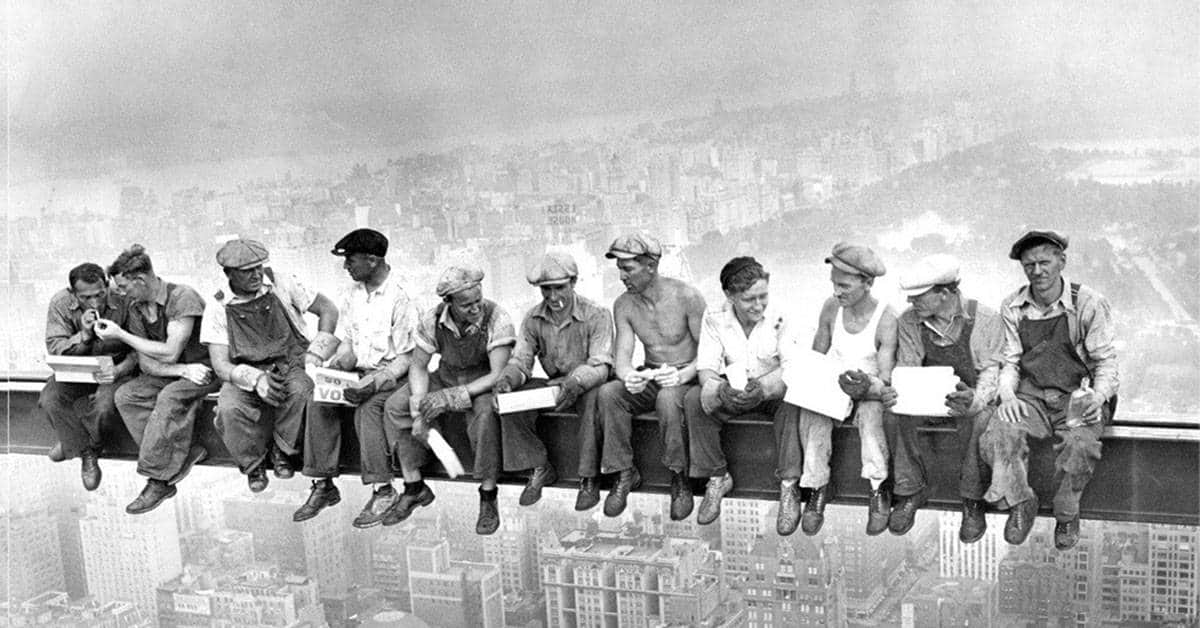
20 Incredible Photos of the Construction of the Empire State Building
The Empire State Building, the 102-story skyscraper on Fifth Ave. between West 33rd and 34th Streets in Midtown Manhattan stands 1,454 feet tall. It was the world’s tallest building for 39 years from its completion in 1931 until the World Trade Center’s North Tower was completed in 1970. It has...
 historycollection.com
historycollection.com
There was a company called Viziv Technologies that built a Tesla tower just south of Dallas, Texas back in 2018. They went bankrupt in 2021 though so I don't know what, if anything, became of their test results.
In the cold winters of northern Europe, houses were difficult to heat, then some forgotten craftsman gave him a bed to build, almost like a closet, where to hide from the cold of the night, when the last chills of the family fire went out, real woodworking were these beds of one or two compartments, which from 16 for centuries protected non-claustrophobic Europeans from night ice.
The box bed, which originated in the late medieval period, appeared in different forms throughout Europe: there are examples from Britain, Scotland, Austria, the Netherlands and Scandinavia. In some places they were used until the 20th century, which makes sense when you consider the cold European winters and houses where the warmth came only from a wood fire. And even before electricity, people simply didn't heat their homes that much, so being cold outside also meant being cold inside.
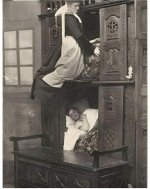
The box bed, which originated in the late medieval period, appeared in different forms throughout Europe: there are examples from Britain, Scotland, Austria, the Netherlands and Scandinavia. In some places they were used until the 20th century, which makes sense when you consider the cold European winters and houses where the warmth came only from a wood fire. And even before electricity, people simply didn't heat their homes that much, so being cold outside also meant being cold inside.

Ulimaroa was a name given to Australia by the Swedish geographer and cartographer Daniel Djurberg in 1776. He was convinced that Ulimaroa was a Māori name for Australia because when Captain Cook asked the Maoris if they knew of other countries, they answered in the affirmative, saying that to the northwest of their homeland there was a large place that they called 'Ulimaroa'.
